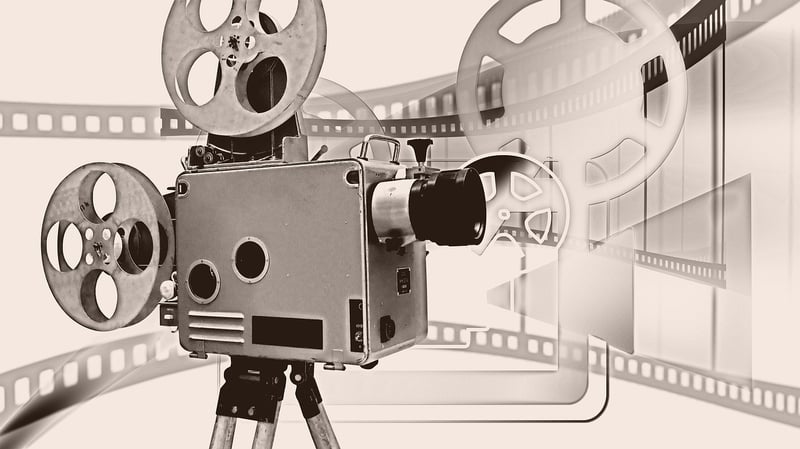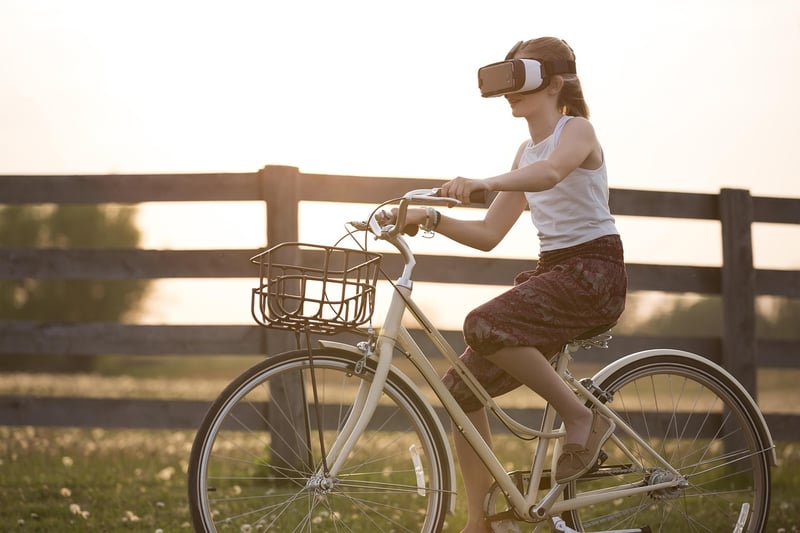Modern Stories
The Evolution of Modern Stories in Literature and Media
In today's fast-paced world, the way stories are told and consumed has evolved significantly. With the rise of technology and digital media, modern stories have taken on new forms and formats, captivating audiences in unique ways. Let's explore how literature and media have come together to shape the landscape of modern storytelling.
1. Digital Storytelling
One of the most prominent changes in modern storytelling is the shift towards digital platforms. From e-books to audiobooks, podcasts, and interactive storytelling apps, technology has opened up a world of possibilities for both creators and consumers. Readers can now immerse themselves in stories through multimedia elements, enhancing the overall experience.

2. Transmedia Narratives
Transmedia storytelling is another key aspect of modern storytelling, where a single story is told across multiple media platforms. This approach allows for a more immersive and interconnected storytelling experience. Fans can engage with the story through various mediums such as books, films, TV shows, video games, and social media, creating a rich tapestry of narrative elements.

3. Diverse and Inclusive Stories
Modern stories are increasingly focusing on diversity and inclusivity, representing a wide range of voices and experiences. Authors and creators are exploring themes of race, gender, sexuality, and identity, giving a platform to marginalized communities and fostering empathy and understanding among audiences.

4. Social Media and Storytelling
Social media has become a powerful tool for storytelling, allowing creators to connect directly with their audience and build communities around their stories. Platforms like Instagram, Twitter, and TikTok provide new avenues for sharing short-form content, engaging fans, and even crowd-sourcing ideas for new narratives.

5. Virtual and Augmented Reality
Virtual and augmented reality technologies are revolutionizing the way stories are experienced. Immersive VR experiences and AR storytelling apps transport users to fantastical worlds, allowing them to interact with characters and environments in unprecedented ways, blurring the lines between fiction and reality.

As we continue to embrace the digital age, the possibilities for modern storytelling are endless. By integrating technology, diversity, and interactivity, creators are pushing the boundaries of traditional narratives and ushering in a new era of storytelling that is dynamic, inclusive, and engaging.
So whether you prefer curling up with an e-book, diving into a transmedia universe, or exploring virtual worlds, the world of modern stories has something for everyone.
